IMAGINE a world where every aspect of your electronic life is vulnerable to direct attack. Your cell phone, computer, radio-all of them susceptible to electromagnetic assault. Imagine, too, that you are capable of the same thing. You have the ability to silence radios, or turn cell phones into stealthy spies. Sounds like something out of a science fiction book, doesn't it' It's not.
These forms of attacks and counter-measures are part of a growing type of warfare downrange: electronic warfare. Soldiers are defending against and attacking within the electromagnetic spectrum every day.
The Electronic Warfare career field was Army-approved in February 2009, and is a 29-series career for officers, warrant officers and enlisted personnel. Electronic warfare "is the use of the electromagnetic spectrum to effectively deny its use by an adversary, while optimizing use by friendly forces," according to the United States Army Computer Network Operations and Electronic Warfare Proponent at the Combined Arms Center in Fort Leavenworth, Kan.
Courses and training for EW are being conducted at Fort Sill, Okla. Graduates will become subject matter experts in influencing non-lethal and lethal effects for tactical and operational operations, states a message to All Army Activities, or ALARACT, on Electronic Warfare Career Field Courses (on Army Knowledge Online at https://www.us.army.mil/suite/doc/15619201).
Lt. Col. Frederick Harper, former chief of integrations for USACEWP, is excited about the new career field and its possibilities, both on the home front and in theater. He said the electromagnetic spectrum has many applications the Army can use to its advantage.
For example, there is a piece of equipment being developed at Fort Bliss, Texas, that sends out a beam of light and creates a burning sensation on the skin by using elements of the electromagnetic spectrum. The beam does not harm you, but it is a "great tool for MPs to break up mobs," Harper said.
Harper was the electronic warfare ground chief for the Multi-National Corps, Iraq in 2006, where he first became involved in electronic warfare.
"I had no idea what that meant," he said of the position. Once there, "I got a call about two o'clock in the morning. I got called up to General Chiarelli's office and was told this was my new job. He looked at me, he pointed at his desk and said, 'See those blue folders on my desk' I said, 'Yes, sir.' He said, 'Your job is to make those blue folders go away,'" Harper recalled.
"It took me a second. I looked over him and said, 'OK sir. What are the folders'' He said, 'Those are the letters of condolences that I write to every servicemember's family. All those folders are casualties from IEDs. Your job as electronic warfare ground chief is to help manage all the crew systems and help train all the Soldiers in Iraq to use electronic-warfare capabilities,'" he said.
Harper willingly jumped headlong into the task. He and the 11 noncommissioned officers Gen. Peter W. Chiarelli, now the Army's vice chief of staff, assigned to him began to organize electronic warfare.
"Those 11 NCOs are the actual heroes in my book," Harper said. "We were managing some 30,000 pieces of equipment in Iraq and there were 12 of us. That was it. We came to quickly realize that we couldn't really do that mission with 12 of us."
Harper and his group of NCOs held a meeting with Joint Counter Radio Controlled IED Electronic Warfare Systems, or J-CREW, to try and come up with a solution for managing so much equipment. Navy Capt. David J. Harrison helped come up with a plan.
"I'll never forget him," Harper said of Harrison, "He and I sat down and we came up with a plan and we presented it to General Chiarelli and we said, 'Basically sir, what you really need is you need to have approximately 300 Navy EWOs (electronic warfare officers) come into theater from corps all the way down to battalion level to manage electronic warfare.' He agreed. We wrote up the request for forces and the next thing we knew within a few months we had 295 Navy EWOs...in theater starting to manage this capability."
Harper credits the Navy EWOs with bringing a fresh perspective to their operations. He explained that the Army let the electronic warfare capability fall by the wayside over the years because its adversaries weren't at that level. Now, with the technological threat steadily increasing, he said the Army needs to have an innovative EW capability.
The Navy EWOs worked with Harper and his NCOs to determine aspects of EW they had never before considered. They examined the use of EW in attack and support roles, how to protect equipment, and how to use EW for intelligence gathering, Harper said. Instead of blowing up a radio tower with artillery rounds, Soldiers can shut down the same radio tower with EW and avoid collateral damage.
"Those are things they brought to us that we have started to use in the Army, and that's why we're training this new capability for the Army. We have electronic warfare officers, electronic warfare warrant officers and electronic warfare NCOs," Harper said.
Sergeant 1st Class Zachary Moon deployed with V Corps Artillery and worked out of Camp Victory in Baghdad, Iraq, alongside Harper, as part of the only military personnel team trained on CREW systems.
"Being the only trained personnel, we were a mobile training team to all of theater," he said.
Moon estimated there were between 1,700 and 2,200 radio-controlled IEDs found or detonated per month while he was deployed, but once they had trained the Navy EWOs on the CREW systems and got people out in the field, the numbers dropped.
"The monthly average dropped to 750, all because the EWOs were able to train all the Soldiers and leaders to the ground level on EW operations and capabilities," Moon explained.
"That helped bring those blue folders on General Chiarelli's desk down considerably. To save one life is well worth whatever we have to spend," Harper said.
Captain Alicia Burrows, currently with the 28th Transportation Battalion in Kuwait, has had hands-on experience with the advanced form of electronic warfare.
"(EW has) evolved quite a bit since we've been here. This is my second deployment; when I was deployed the first time we just started receiving some of the systems-they're called CREW systems, counter radio controlled IED electronic warfare systems-and we were using them in the trucks to protect the Soldiers against insurgents' use of cell phones and other various equipment," Burrows said.
Now her battalion has 400 vehicles, all equipped with CREW systems.
"With the use of our CREW systems, the number of attacks has gone down significantly, and that's a direct link to our use of electronic warfare to our benefit," Burrows said.
Burrows emphasized that subject matter experts with tactical deployment experience can take their knowledge from unit to unit, helping the Army with possible EW missions in the future.
"I think that it's going to be a rapidly growing career field. And for those Soldiers interested in something cutting edge and using new technology, I think it's a great opportunity," she said.
Because of the success of EW downrange, Soldiers and the Army at large may have become complacent, but Moon cautions against taking the new career field for granted.
"There seems to be a slip in the importance of EW right now. One of my bosses here said 'I don't want you spending any more time on EW. We didn't mess with EW last time I was down range.' This is a product of our own success. We have beaten the threat so much that leaders have forgotten the importance of keeping current," Moon said.
"My job here is to make sure things like this don't happen...it doesn't take long to inform people. Knowledge is power. It's a new weapon for the Army and leaders at all levels need to treat it as a weapon and teach their Soldiers," he said.
Editor's note: Though the U.S. Army leadership approved the establishment of Electronic Warfare Career Fields for officers, warrants and enlisted in January, documentation of EW requirements on unit tables of organization and equipment is still underway. As a result, full implementation of the necessary personnel actions to establish the career fields, including reclassification, recruitment and formal assignment of electronic warfare specialists is not expected to begin until mid-2010, with full implementation expected in 2013. However, the U.S. Army has immediate interest in finding volunteers interested in the EW career field to attend EW-validating pilot courses at Fort Sill, Okla. There are also short, additional skill-qualifying EW courses available. Information about the EW career field, the ASI producing courses, or the pilot courses at Fort Sill and how to apply can be obtained by calling TRADOC capability manager for Electronic Warfare Integration Personnel Management, at DSN: 552-9459/9479 or commercial: (913) 684-9459/9479; or online at <a href="http://usacac.army.mil/cac2/cew/EWCareer.asp">http://usacac.army.mil/cac2/cew/EWCareer.asp.</a>
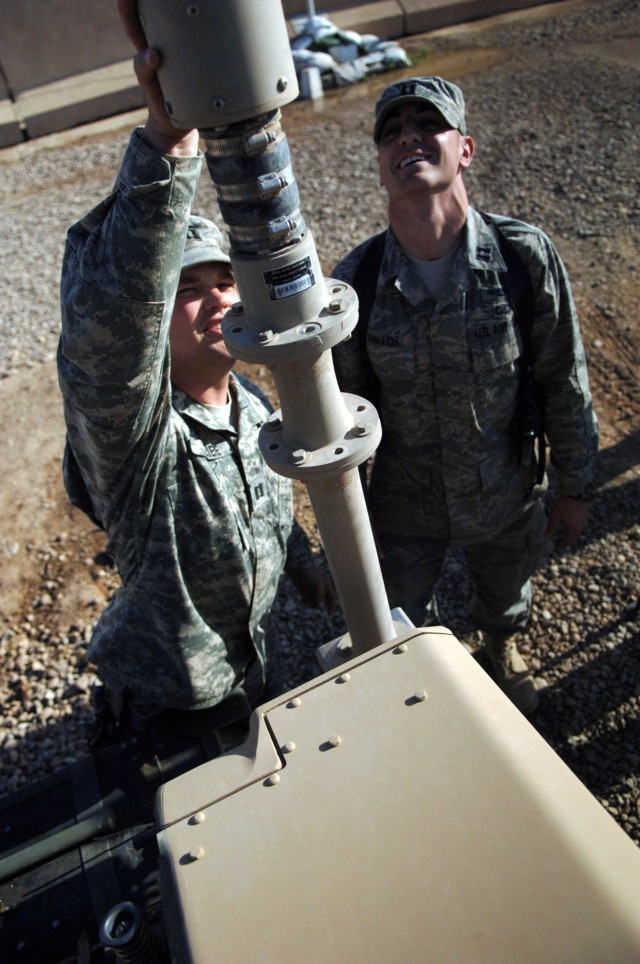
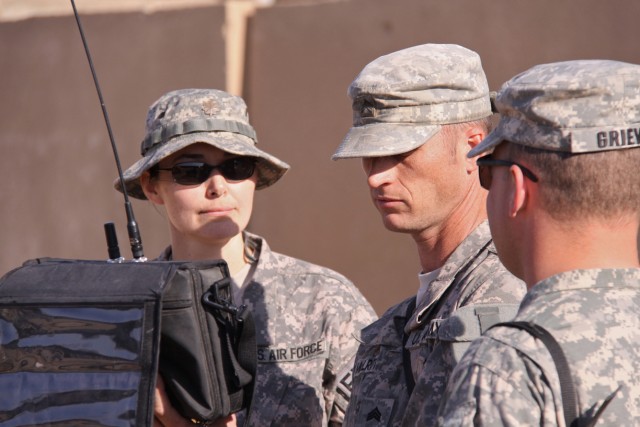
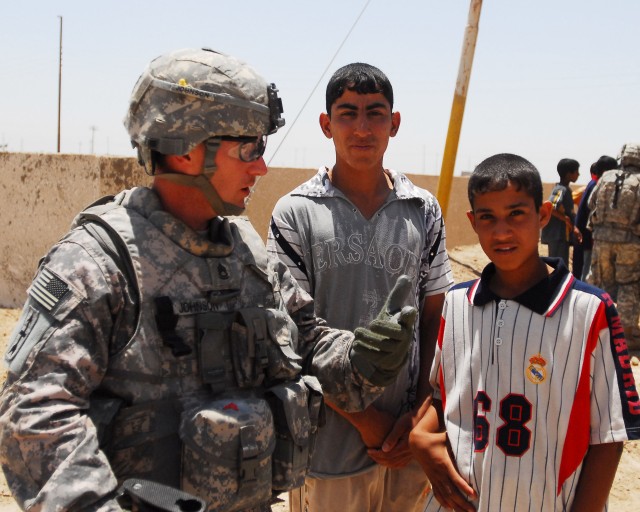
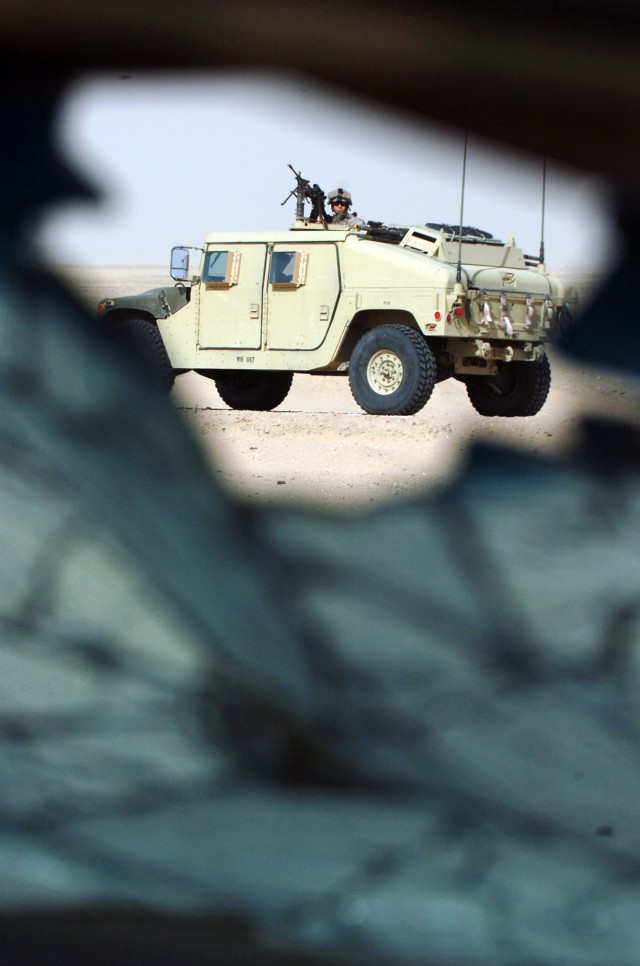
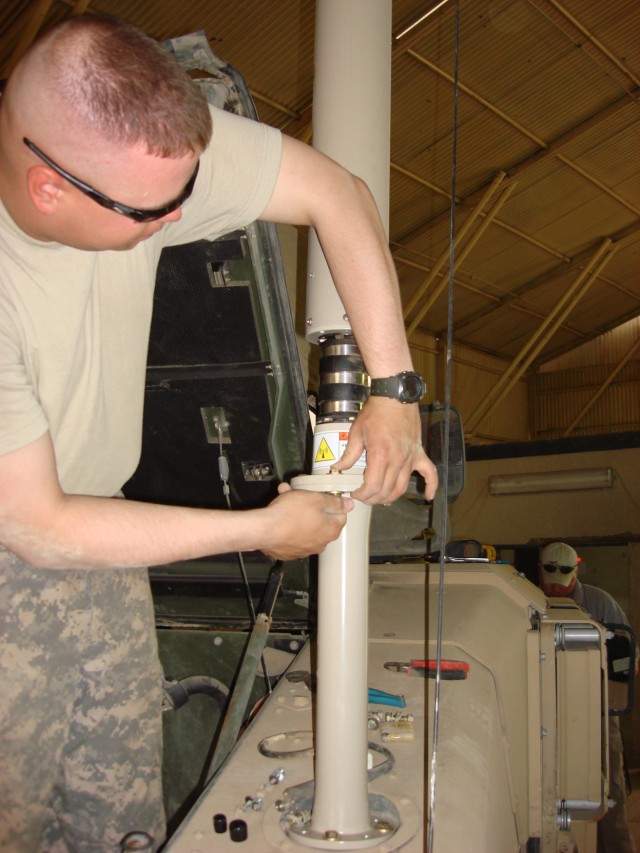
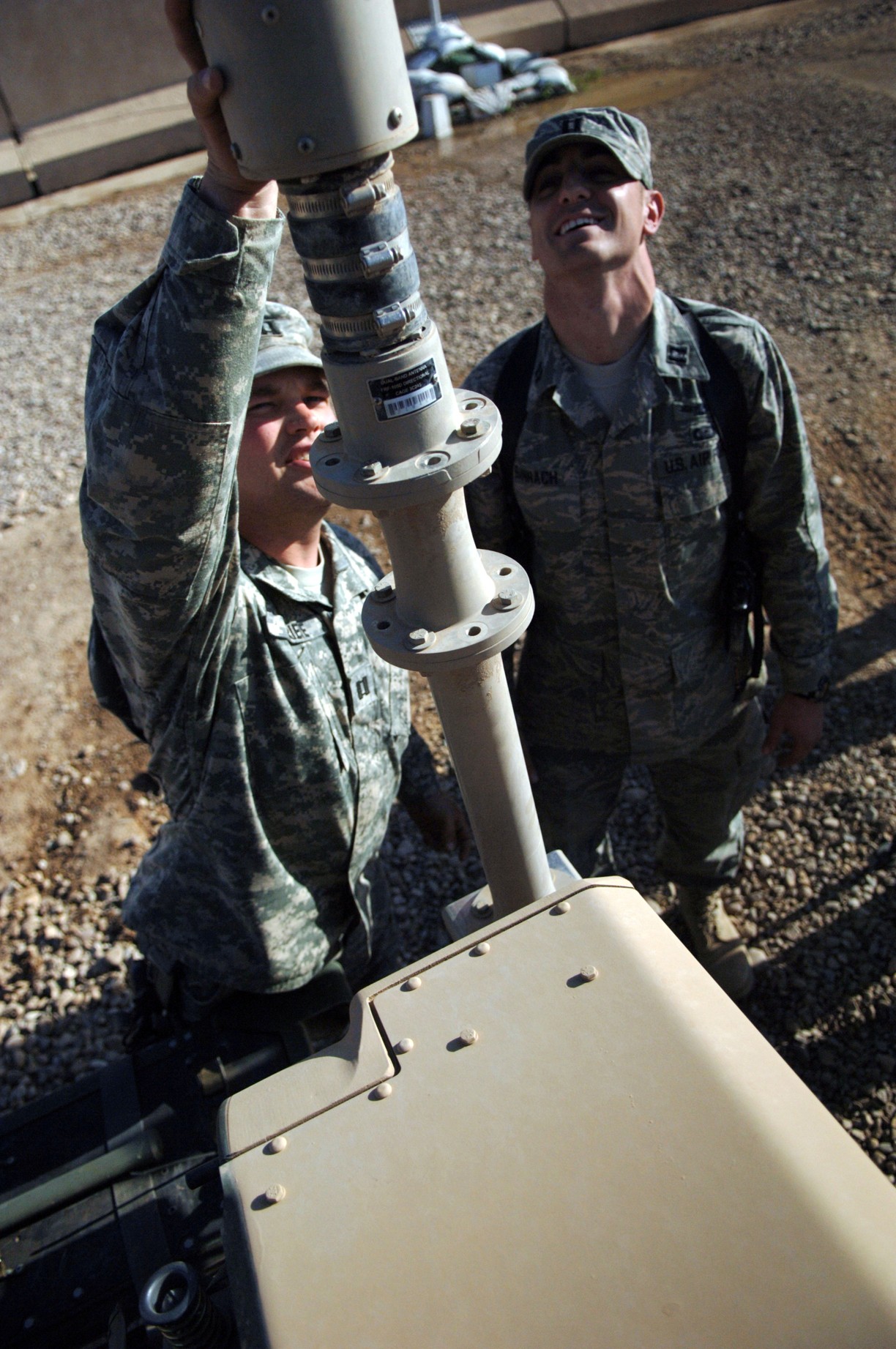
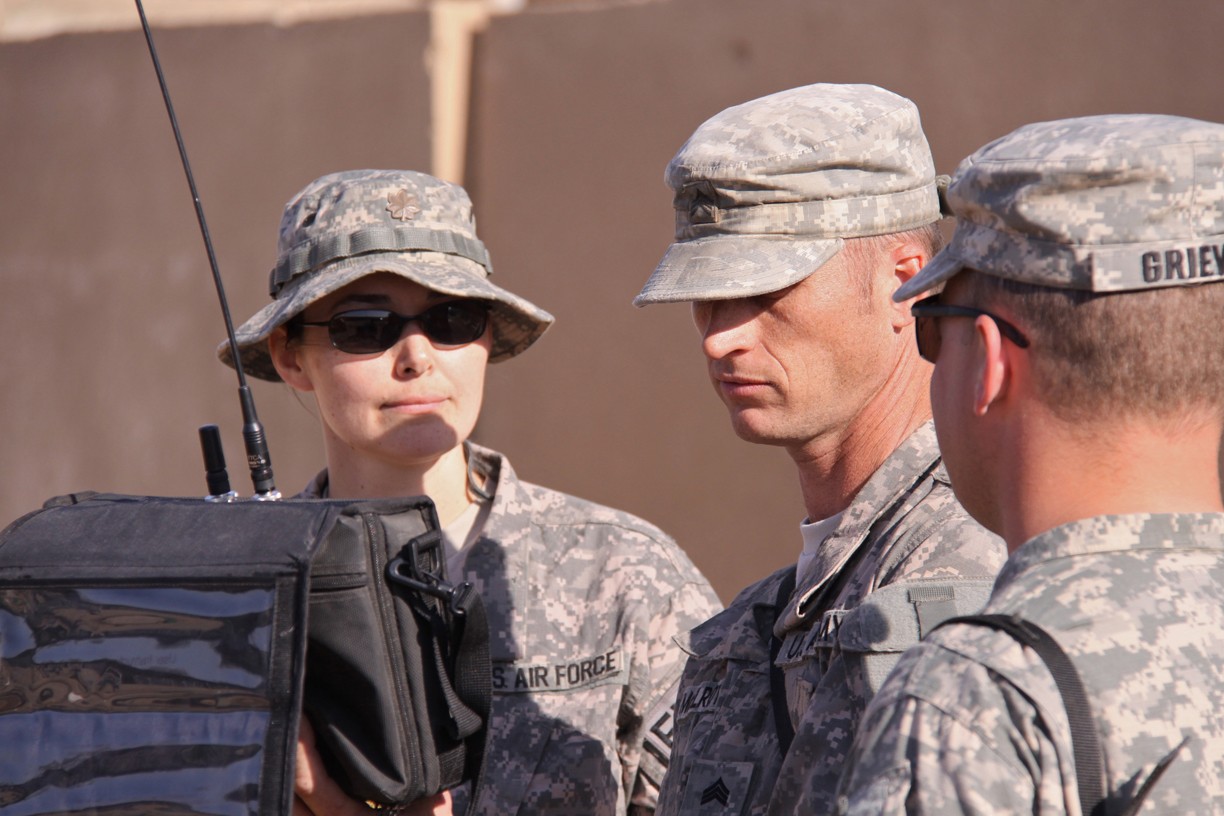

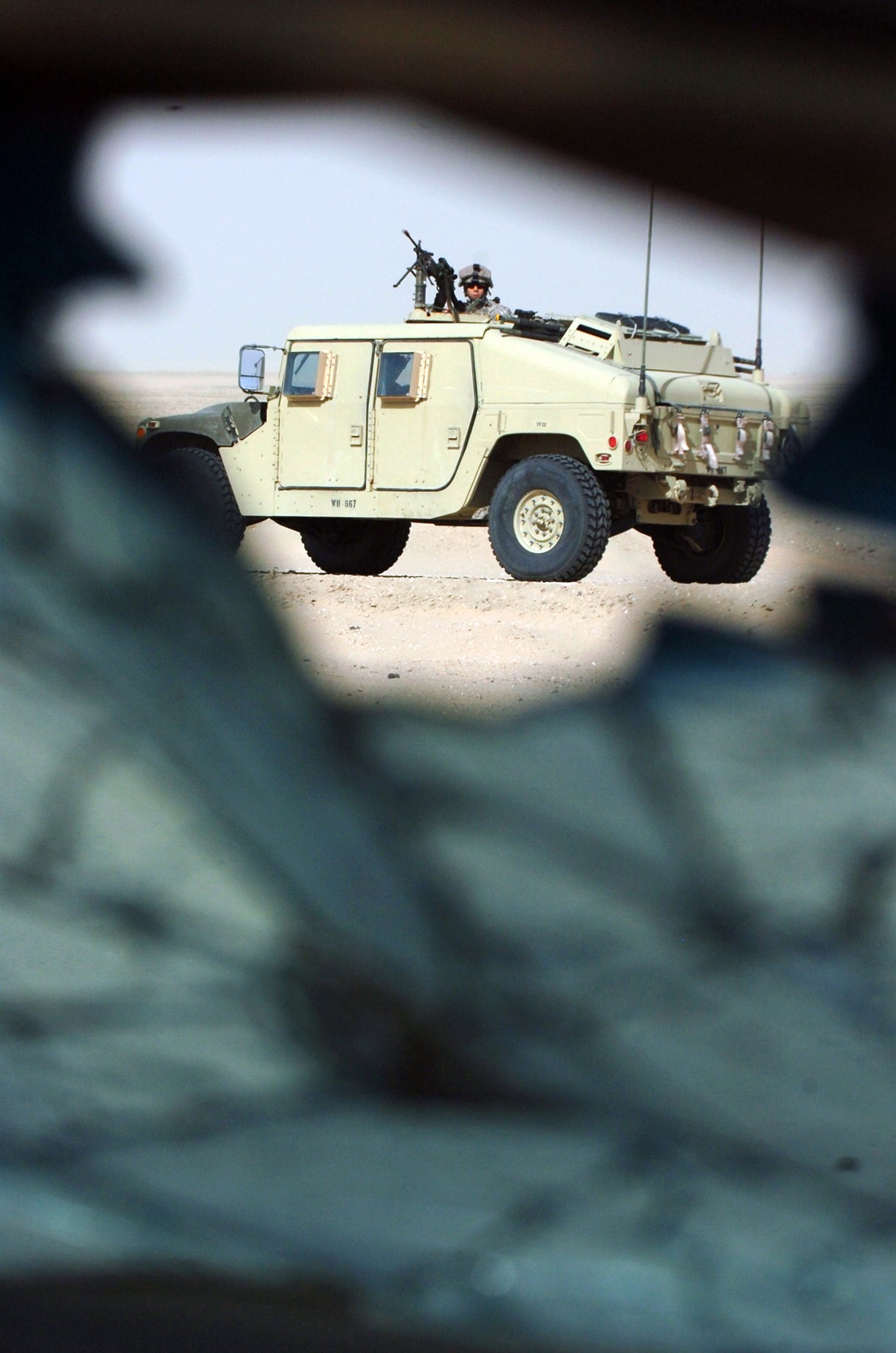
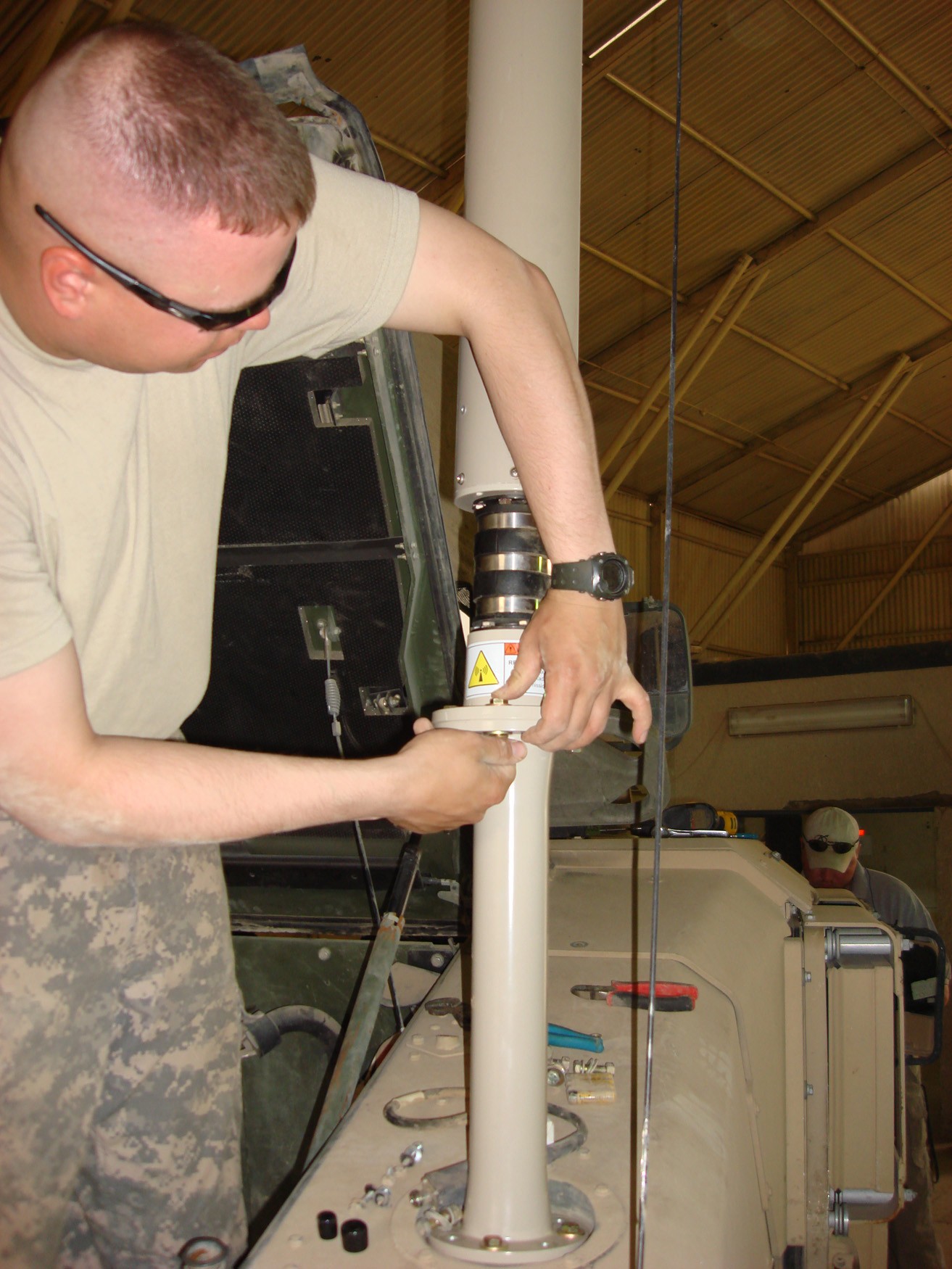
Social Sharing